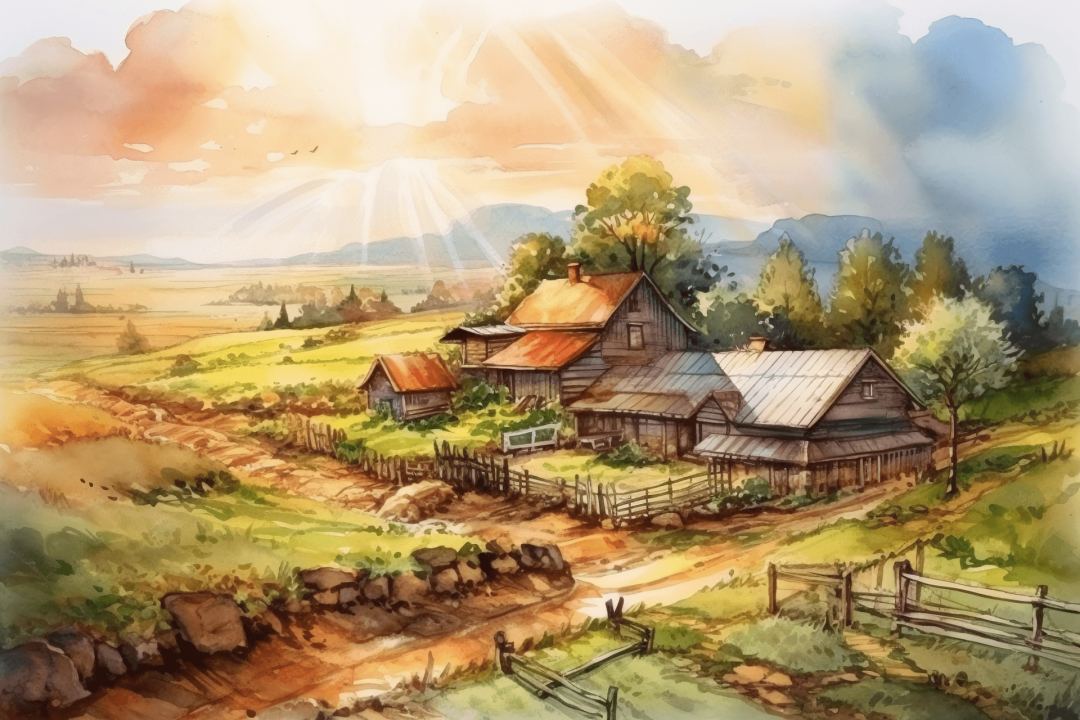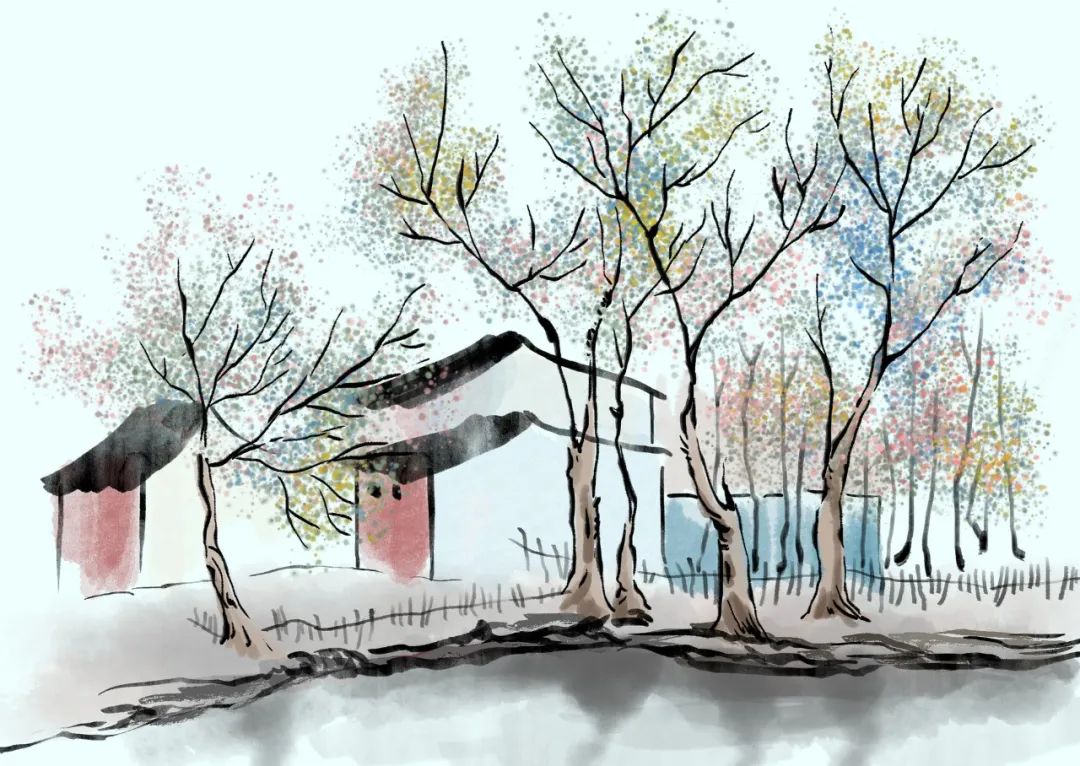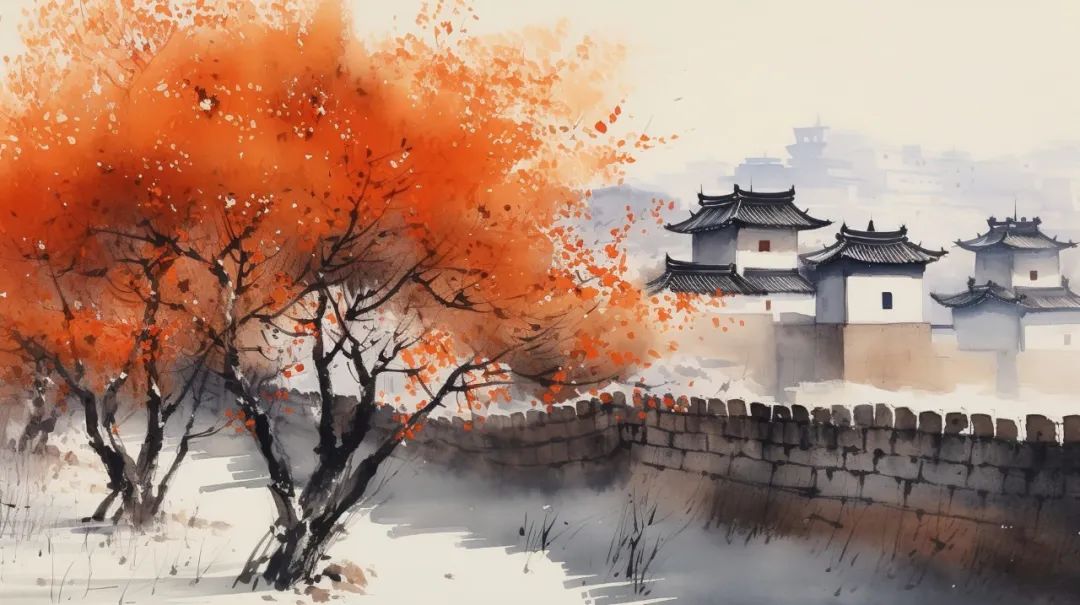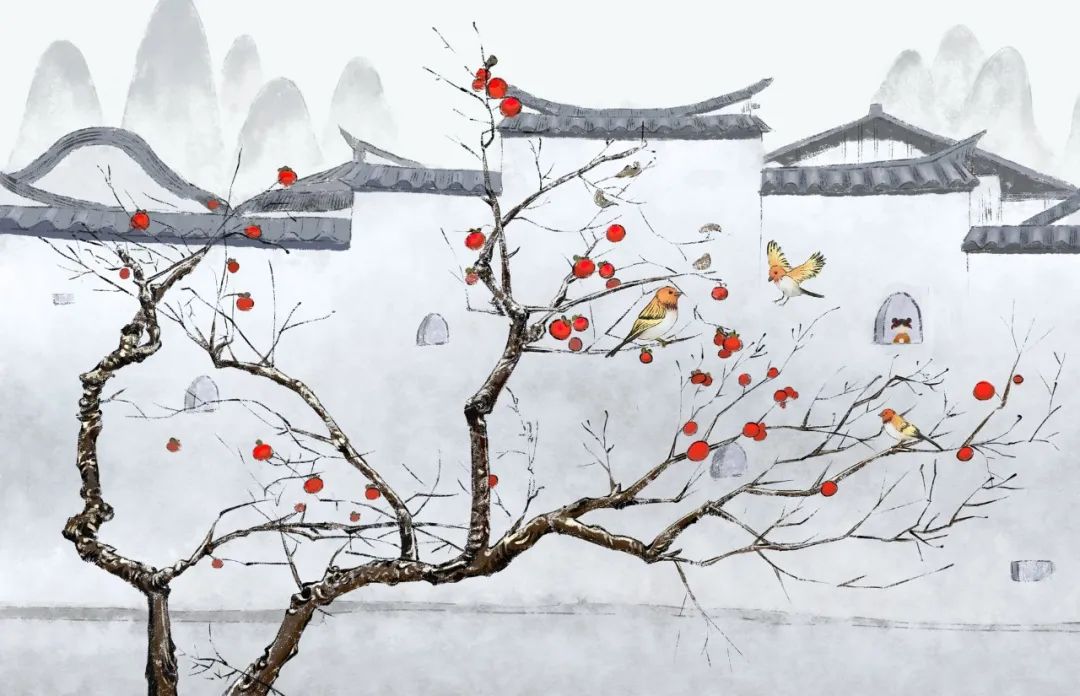There are many idioms related to numbers.
However, often we do not know their meanings.
What are the “Seven Emotions” and “Six Desires”?
What are the six relatives in “not recognizing six relatives”?
Is “Eight Bows of Friendship” really eight bows?
Today, let’s explore the meanings of numbers in idioms!

Eight
Bows
of
Friendship
Refers to the sworn brotherhood among unrelated individuals, metaphorically indicating a very close relationship. Originates from “Records of What is Heard”.
In “Demi-Gods and Semi-Devils”, the three characters Xiao Feng, Duan Yu, and Xu Zhu performed eight bows, each representing a historical friendship.
Eight Bows refer to:
Guan Bao’s Friendship: Guan Zhong and Bao Shuya
Understanding Music’s Intersection: Yu Boya and Zhong Ziqi
Neck-Cutting Friendship: Lian Po and Lin Xiangru
Life-and-Death Friendship: Jiao Ai and Bo Tao
Glue and Paint Friendship: Chen Zhong and Lei Yi
Chicken and Millet Friendship: Yuan Bo and Ju Qing
Life-and-Death Friendship: Liu Bei, Zhang Fei, and Guan Yu
Age-Forgetful Friendship: Kong Rong and Ni Heng
Six
Relatives
Do
Not
RecognizeDescribes a lack of familial affection and disregard for relatives.Which six relatives does it refer to? According to the “Zuo Zhuan”, it refers to father, son, brothers, sisters (father’s sisters), maternal uncles, and in-laws (wife’s family) as well as marriage relatives (husband’s family).According to the “Laozi”, it refers to father, son, brother, sister, husband, and wife as the six relatives.According to the “Book of Han”, it refers to father, mother, brother, sister, wife, and son as the six relatives.Later generations generally agree with the third interpretation, as it represents the closest blood and marital relationships.

Five
Grains
Abundant
Refers to a good harvest year with abundant grains.
The five grains are rice, millet, barley, wheat, and beans. There is also a saying that they are rice, millet, barley, wheat, and soybeans.
Seven
Orifices
Produce
Smoke
Describes a person so angry that it seems like their ears, eyes, mouth, and nose are about to emit fire; it describes extreme anger.
Seven orifices: mouth, two eyes, two ears, and two nostrils.
Five
Flowers
Eight
Gates
Originally refers to the “Five Flower Array” and “Eight Gates Array”, which are names of formations in ancient military strategy.Later, “Five Flowers and Eight Gates” metaphorically refers to the jargon of various trades.
Five Flowers:
Golden Chrysanthemum, women selling tea;
Water Narcissus, singing girls in taverns;
Fire Thorn Flower, performers of tricks;
Earth Cow Flower, porters;
Wood Cotton Flower,doctors treating people on the street.
Eight Gates refer to street vendors who rely on their eloquence to earn a living, namely: gold, leather, color, hanging, horizontal, orchid, glory, and hemp.
One Gate Gold (also known as cloth) – “Gold Point” is a general term for fortune-tellers and diviners.Two Gates Leather – “Leather” is a general term for medicine sellers.Three Gates Color – “Color” refers to performers of tricks. Those who perform magic tricks are called “Color Performers”, while those who perform foreign tricks are called “Color Tang Performers”.Four Gates Hanging – street performers who practice their skills at markets and fairs, often mockingly referred to as “Hanging Performers” by the common folk.Five Gates Horizontal – robbers and thieves. From various mountain bandits to petty thieves in the market.Six Gates Orchid – comedians.Seven Gates Glory – paper and lantern makers.Eight Gates Hemp – drum singers.

Four
Great
All
Empty
A Buddhist term.
The four great elements in Buddhism refer to “earth, water, fire, and wind” as the four material factors.
Seven
Emotions
Six
Desires
Seven emotions and six desires: refers to various human emotions and desires.
Seven emotions: the seven human feelings, generally referring to joy, anger, sorrow, fear, love, hatred (wù), and desire.
Six desires: in Buddhism, refers to the six desires of sensuality, appearance, demeanor, speech, smoothness, and human form, broadly referring to various human desires.
Three
From
Four
Virtues
The “Three Obediences” refer to “obeying the father before marriage, obeying the husband after marriage, and obeying the son after the husband’s death”.
The “Four Virtues” are “womanly virtue, womanly speech, womanly appearance, and womanly work” (the virtues, words, demeanor, and skills of women).

Three
Principles
Five
Constants
The “Three Principles” refer to the interpersonal relationships between father and son, ruler and minister, and husband and wife.
The “Five Constants” refer to the five essential qualities of humanity: benevolence, righteousness, propriety, wisdom, and faith. Collectively known as “principles and constants”.
Agreement
Law
Three
Chapters
In 207 BC, Liu Bang entered the Qin capital of Xianyang.
To win the people’s hearts, he established three laws for the army: those who kill must die, those who injure must be punished, and those who steal must also be punished.
Literature
Room
Four
Treasures
The Four Treasures of the Study are unique tools for Chinese calligraphy and painting, namely brush, ink, paper, and inkstone.
Since the Song Dynasty, the “Four Treasures of the Study” specifically refer to Xuan brushes (from Xuancheng, Anhui), Hui ink (from Shexian, Anhui), Xuan paper (from Jingxian, Anhui), and She inkstones (from Shexian, Anhui), Tao inkstones (from Zhuoni County, Gansu), and Duan inkstones (from Zhaoqing, Guangdong, formerly known as Duanzhou).
Five
Viscera
Six
Bowels
Viscera refers to the organs within the chest and abdomen that are dense and capable of storing, secreting, or producing vital energy, namely the heart, liver, spleen, lungs, and kidneys.
Six Bowels refer to the gallbladder, stomach, small intestine, large intestine, bladder, and triple warmer.

Three
Teachings
Nine
Streams
The Three Teachings refer to Confucianism, Buddhism, and Taoism.
The Nine Streams refer to the nine major academic schools from the pre-Qin to the early Han period, including Confucianism, Yin-Yang school, Taoism, Legalism, Agriculture, Name school, Mohism, Diplomacy, and Miscellaneous.
The Nine Streams also refer to occupational identities, divided into “Upper Nine Streams”, “Middle Nine Streams”, and “Lower Nine Streams”.
Upper Nine Streams: emperors, sages, hermits, child immortals, literati, warriors, farmers, artisans, merchants.
Middle Nine Streams: candidates, doctors, fortune-tellers, painters (sellers of paintings), scholars, musicians, monks, Taoists, nuns.
Lower Nine Streams: clerks, yamen runners, weighers, matchmakers, footmen, swindlers (con artists and witches), thieves, pickpockets, and prostitutes.
Five
Fortunes
Arrive
at the Door
Originates from the “Book of Documents: Great Plan”: “Nine, Five Fortunes: the first is longevity, the second is wealth, the third is health, the fourth is good virtue, and the fifth is a good end.”
The Five Fortunes mean: the first fortune is “longevity”, the second fortune is “wealth”, the third fortune is “health”, the fourth fortune is “good virtue”, and the fifth fortune is “a good end”. Some abbreviate it as longevity, wealth, health, virtue, and good end.

